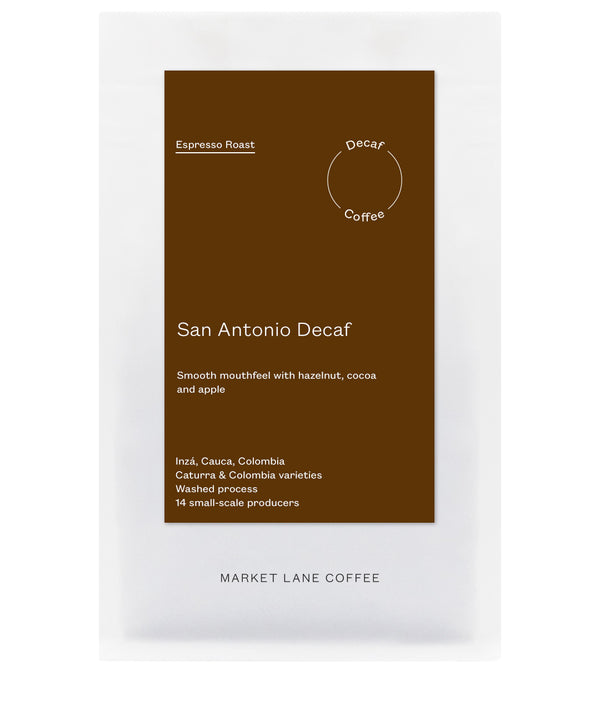What is a processing method?
The processing method is all the steps that are taken to remove the fruit from around the bean and then dry the bean. The way that coffees get processed can vary greatly, depending on the country and region of production. Traditionally, the method used is determined by factors like the producer’s access to water, the amount of space available to them, and the weather and climate conditions in their area.
What are the most common processing methods?
The following are the most common processing methods used by producers we work with at Market Lane. It’s worth noting that the names of these processing methods are not internationally uniform, so these terms may sometimes mean different things to different producers or roasters.
Washed
This is the most common processing method used for our coffees. The coffee cherry is picked from the tree, then the skin and some of the fruit is removed from the bean – a step known as ‘pulping’. To fully remove the remaining sticky fruit (often called ‘mucilage’), the pulped coffee is put into a tank for a number of days – sometimes in water and sometimes without – so that the mucilage on the outside of the bean ferments and can then be removed by washing the coffee in water. Once washed, the beans are laid flat to dry, usually on a raised bed or patio.
What to expect:
Washed coffees are known for their transparency and clarity of flavour, and the sense of place they convey. They tend to have a lighter body than coffees processed in other ways, and a refined sweetness.
Washed coffees we love:
Most of the coffees we purchase at Market Lane are washed processed. We love how this method highlights the more nuanced characteristics in the coffee and allows intrinsic flavour notes associated with the terroir to shine through in the cup. All the Rwandan and Kenyan coffees we offer are washed processed, and most of the lots from Guatemala and Colombia are as well.

















